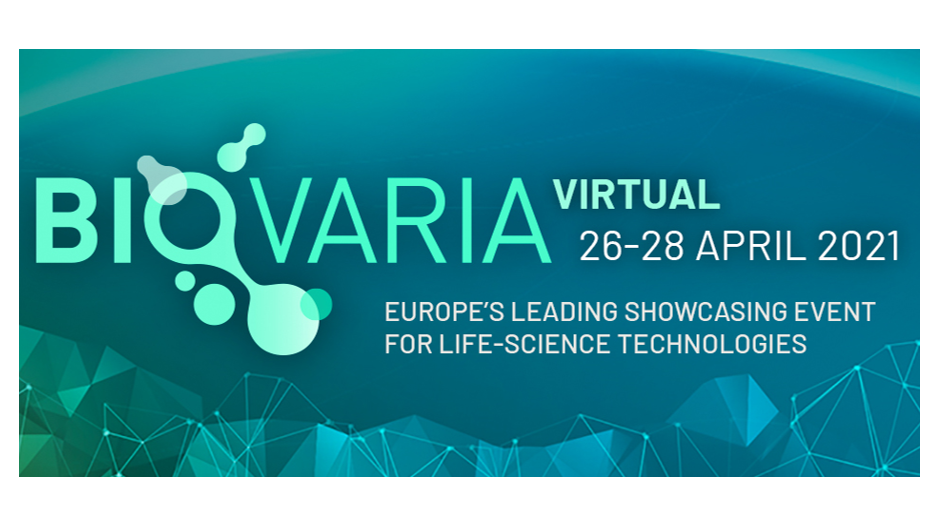
News

The main purpose of the event was to stimulate discussion around the topic of commercializing biomarker-based inventions, as we are seeing many discoveries of biomarkers linked to a disease or treatment from the scientific community, and notice that too few of those discoveries reach the market.
According to a survey conducted by our project, there is a gap, not only between research and industry, but also within different expertise, because the field is highly cross-disciplinary. And the stakeholders have different expectations and understanding of what is needed to commercialize biomarkers. There are barriers, but also opportunities in this growing field, and we need an upgrade of competencies. (Read more: www.sciencedirect.com/science/article/abs/pii/S1359644619303599)
“The field is complex, as one needs to combine clinical challenges with technical choices. It is a highly cross disciplinary area and requires good coordination within the team to succeed,” explained Valerie Daussin Laurent from the innovation department of the University Hospital of Aalborg in Denmark, the project leader of the BIC BRIDGE consortium and the main speaker of the event.
BIC Biomarker Commercialization Tools
BIC BRIDGE is a collection of partners who recognized the challenges in this field and took upon themselves to develop a solution to bridge the gap between the number of scientific inventions and ready products. The partners are a mix of TTOs, cluster organizations representing industry, and companies from countries around the Baltic Sea and EATRIS, the European infrastructure for translational medicine.
The project developed tools to streamline the commercialization of new biomarkers. The tools are freely available on biomarker.nu and include a Review Tool and a Best Practices Handbook for TTOs, as well as a Biomarker Commercialization Guide and an IVDR Guide with technical, commercial, and regulatory topics for researchers and companies. And soon will be added an educational toolbox with tutorials to support the understanding and use of the tools for the research community.
Marlene Møller Jørgensen, PhD Senior Scientist at the Department of Clinical Immunology at Aalborg University Hospital and Associate Professor at the Department of Clinical Medicine at Aalborg University told that the tools helped her to understand the language of the technology transfer officers and the industry. She realized why some of the tasks where needed, when they were asked and overall improved the dialogue with the industry on results. She is now better equipped to anticipate and plan the next phases and to keep an overview of the whole process.
“We have been better in planning our work, in pitching for grant applications. The tools helped us to plan our next developments and priorities”, said Marlene Møller Jørgensen.
Understanding the IVDR qualifications and deciding early on those will have consequences for the validation process. “The more you can provide proper data, the more the value of your Intellectual Property (IP) grows and chances for developing a final product increase. We wanted to facilitate that awareness among both TTOs and scientists”, continued Valerie Laurent Daussin.
Presently, the BIC Tools focus on IVD applicable biomarkers, which fall under the IVD regulation. The digital biomarkers are not covered, because they fall under the medical device directive, but are definitively an area the consortium is envisaging for their future collaboration.
What is next and how could anybody join this initiative?
Currently, the BIC BRIDGE consortium is developing the last two industrial phases of the BIC Guide and integrating a project management tool. The development of tutorials for educational purposes is also ongoing.
“Since we started to have results to share, we have focused on building a larger network of people sharing our interest and knowledge. We want to build into a larger European initiative, where we currently look at the possibility to start a biomarker accelerator. We are also looking at new challenges, where the digital biomarkers are clearly one of our interest. It is still very early, but if someone is interested in joining, contact us!”, concluded Valerie Daussin Laurent.
For more information on the BIC Tools and the project please visit our website: https://biomarker.nu/ and follow us on LinkedIn: https://www.linkedin.com/company/bic-biomarker-commercialization